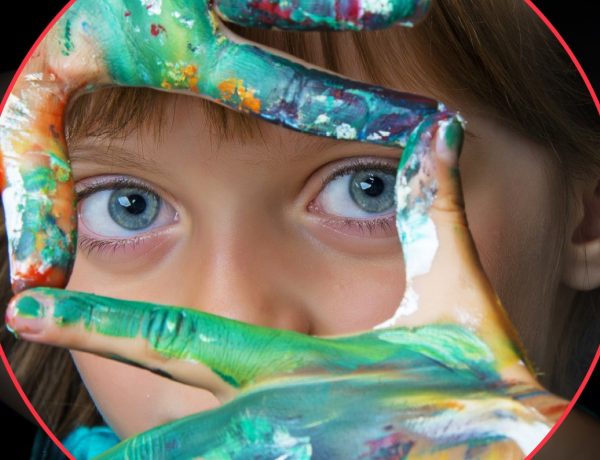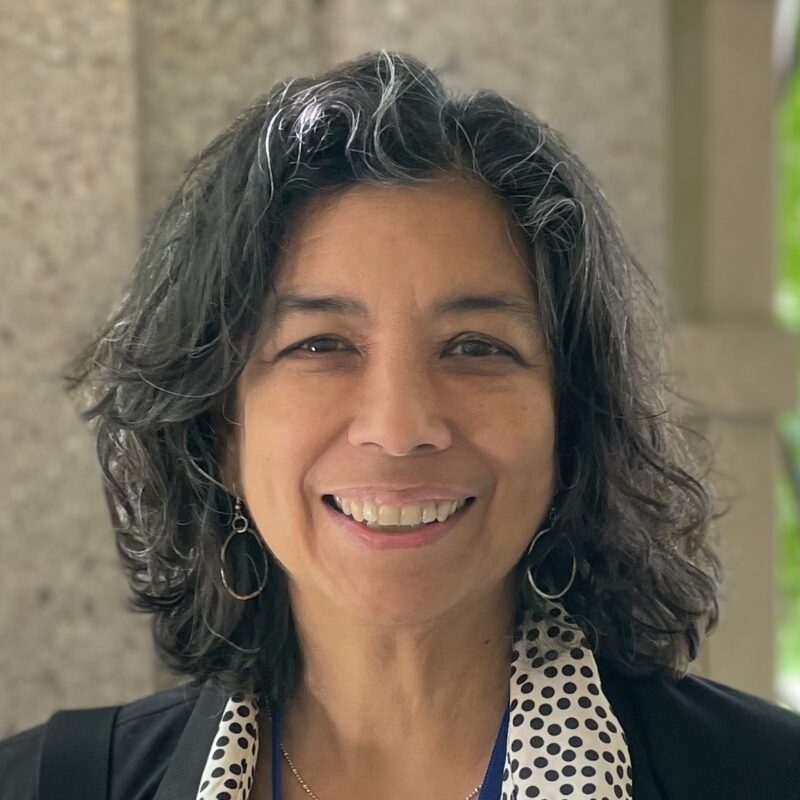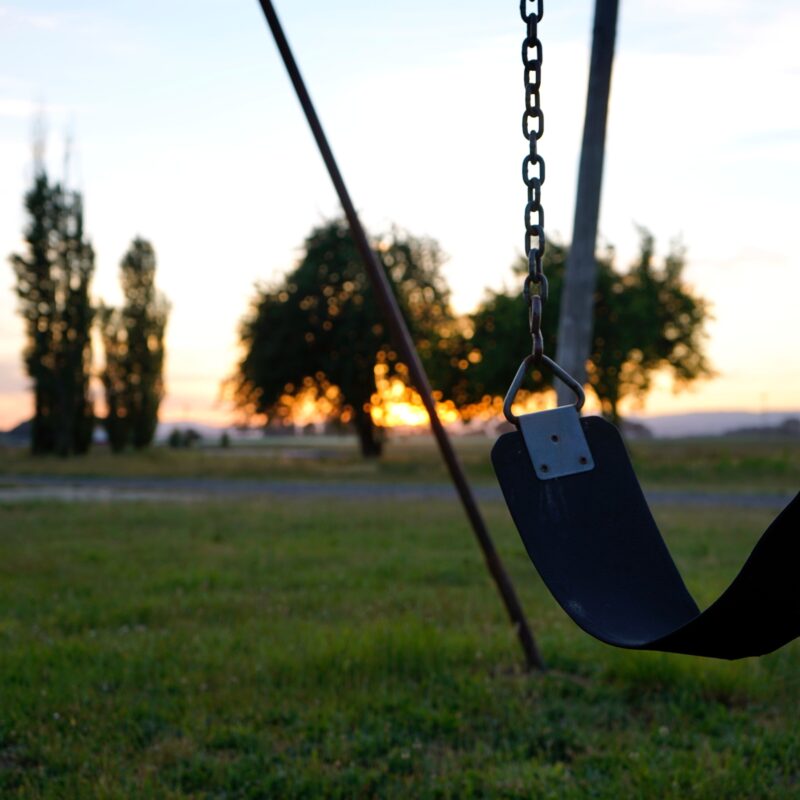By: Terry Miller
“…Physical self-awareness is the first step in releasing the tyranny of the past.”[1]
Ready Or Not—Somatic Memories
In 1981, I began writing my personal story. I didn’t know it then, but that’s what I was doing. In the fall of that year, through “divine intervention,” I found myself sitting in a drug and alcohol rehabilitation center. Where I needed to be. About halfway through my time there, I had my first “body memory” of trauma that I experienced in my childhood. My therapist was demonstrating the family dynamics of addiction. She selected residents, me among them, to act as family members in this physical exercise. Using a rope, she showed and discussed how members are unwittingly lassoed into co-dependent relationships in families living with addiction. As she placed members of the family constellation—the primary enabler, the hero, the lost child, the scapegoat, etc.— in their places, and explained how they become ensnared in dysfunctional relationships with the addict, the rope tangled around us, pushing and pulling us together. As new family members were added, the rope became twisted and taunt, and before I knew it, I was breathless, dizzy, nauseous, and all but passed out.
I was immediately released from the exercise and taken to the medical unit for care. Afterwards, my therapist helped to calm me and asked what had happened, but I was in a dissociated state and was unable to speak. It was obvious to her that I was having a somatic reaction to a previous trauma. Over the ensuing days, she supported me by attending to my physical and emotional needs, while also being respectful of my personal physical space.
My therapist also provided support by reframing our group therapy sessions as a healing circle that included the use of a talking stick for sharing, lighted candles, hand drums, and humming exercises that together created a soothing and safe space for communal and individual healing. We also were taught simple breathing techniques that grounded us in our bodies and in the present moment. For my part, I did a lot of rocking and took in what I could. But I was also encouraged to write, and though I had no explicit memories associated with the somatic experience, I scribbled away in a journal. I wrote mainly about how my body felt in the moment, and my recollections of taking my first drink. I wrote, and I kept writing.
Time Takes Time
It would be another twenty-five years before the verbal narrative—my story—would catch up with the flesh of that memory. While attending a writer’s conference in 2008 and during a wee-hours-of-the-morning writing session, crystalline snippets of childhood memories of abuse I endured at the hand of my father that involved him tying me to a chair, spontaneously arose in my mind and poured out onto the screen before me. This experience opened the door for other episodes of abuse to emerge. Some of these I recount in my book, Behind God’s Back: Finding Hope in Hardship, which I wrote over sixteen years and finally published in 2021.
The childhood memories I capture in my writing did not just magically appear in my mind and then on the page. Instead, both explicit and implicit memories were coaxed to the forefront of my mind through years of engaging in traditional and non-traditional trauma healing experiences and structures that gave me access to my body, its language, and eventually the actual language of mind and mouth.
Imagination—Gateway to Freedom
“Structures harness the extraordinary power of the imagination to transform the inner narratives that drive and confine our functioning in the world. With proper support the secrets that once were too dangerous to be revealed can be disclosed…to the people who actually hurt and betrayed us…a structure creates a three-dimensional image of whom and what you had to do deal with and gives you a chance to create a different outcome.”[1]
In 1985, I was accepted into the University of Pittsburgh School of Social Work and was very fortunate to study and work with Dr. Vernell Lillie, a trained psychodramatist and founder of the Kuntu Repertory Theater. Psychodrama is an experiential form of psychotherapy consisting of its own comprehensive philosophy, theory of personality, and repertoire of techniques and interventions.[2] Conceived in the early 1900s by Jacob L. Moreno, a psychiatrist and educator, psychodrama is one of the first body-oriented therapies to actually promote healing through spatial action. For two years, while also working with a therapist, I participated in group psychodrama sessions where I explored and examined childhood abuse and neglect. There, on an open stage, as the protagonist, supported by a director, auxiliary ego(s), and audience, I engaged in dramatizations including role-playing, mirroring, and self/other presentations; all of which allowed me to safely project my inner experiences onto a stage with real people in real time giving me the opportunity to feel, visualize, and figuratively and literally interrogate my past. Aligning this experiential and somatic work with psychotherapy facilitated an interface between the language of my body with that of my mind; thus laying a solid foundation for continued physical, emotional, and even spiritual restoration. To be clear, my body led the way through my healing. And I wrote.
Trusting My Body
Psychodrama was a gift to me. It opened the door to other non-traditional somatic work that enabled me to accept, cherish, and even come to trust my body. Over the years, I have been a student of Tai Chi, Yoga, Somatic Meditation, and Embodied Breathwork. Through these mindful practices, I have learned to become more curious about knowing myself more deeply, which creates a sense of connection, stability, and even integrity within myself. From this posture, I can respectfully lean in and feel those places in my body that potentially hold unresolved trauma. This allows me to give language to those experiences and release any residual negative energy that may linger in the connective tissue of my body. In this way, I express self-compassion that enhances a sense of safety within myself that encourages a trusting relationship between me and my body. Ultimately learning that I am trustworthy and so is my body.
Worthy of the Work
Resolving life’s past traumas is tough work, but I have come to believe that I am worthy of this work. We all are. Through many years of breath and bodywork and writing, I have come to recount what amounts to my journey home—to that place inside of me that holds my truth. In the process, I have responded to the wailing of my confused young woman, to the tears of my lost and angry adolescent, and to the shuttering of my frightened yet courageous child. By humbly turning and facing every dimension of myself, I have walked into the prize of my essence. And, by responding to these wails of worthiness—my desire to be wanted, to be seen, to be heard, to be loved, and treated with respect—I have “rightsized my trauma,” rendering it to appropriately inform my story, but not be my story.[3]
We all are worthy of turning, facing, and embracing every facet of our lives, especially the most difficult aspects among them. For me, the prize of doing this work has been the reclamation of my sacredness which I believe is our first and universal home.
[1] van der Kolk, Bessel. The Body Keeps the Score: Brain, Mind, and Body in the Healing of Trauma. Viking Penguin, 2014.
[2] Giacomucci, Scott and Stone, Amy (2018): “Being in two places at once: renegotiating traumatic experiences through the surplus reality of psychodrama.” Social Work with Groups, DOI: 10.1080/01609513.2018.1533913 October 2018.
[3] Miller, Terry. Behind God’s Back: Finding Hope in Hardship. Hail the Goer Books, 2021.
Photo Credit:
Kuttelsaverova Stuchelova



